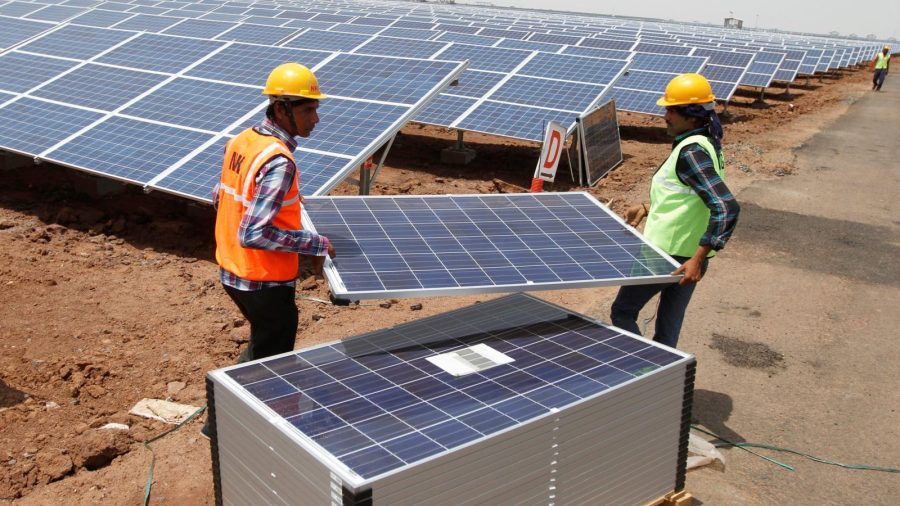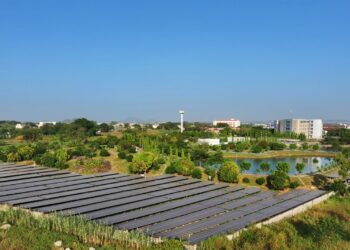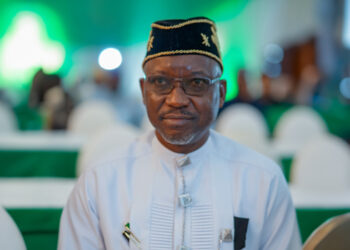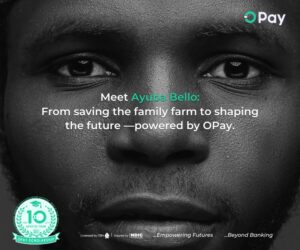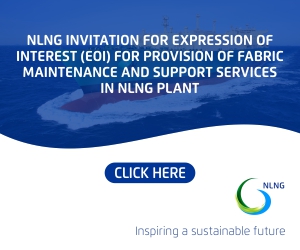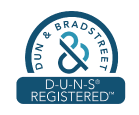Rocky Mountain Institute (RMI) and the Abuja Electricity Distribution Company (AEDC) have identified a collaborative business model which enables distribution companies (DisCos) and distributed energy resource (DER) developers to provide clean energy to large commercial and industrial customers.
All DisCos can adopt and benefit from this business model.
It is a collaborative business model which enables distribution companies (DisCos) and distributed energy resource (DER) developers to provide clean energy to large commercial and industrial customers.
To put this in context, as of September 2022, diesel in Nigeria was sold for over ₦800 per liter and some business owners have to use over 25 liters on a daily basis to power their businesses, depending on how energy-intensive their operations are.
The costs of setting up and maintaining a DisCo-enabled DER are less expensive than having to rely only on the continuous use of diesel generators on a daily basis, due to erratic power supply.
According to the parties involved, the commercial and industrial space in Nigeria needs a lift when it comes to power supply, in order to drive productivity and create more jobs for Nigerians.
- To enable adoption, RMI and AEDC have released a report, providing a framework for providing manufacturers with affordable and stable power supply for their business operations.
- In the report, RMI estimates that the market size for Commercial and Industrial (C&I) distributed energy resources (DERs) could be over 2 Gigawatts by 2030, a significant increase from 20 Megawatts today.
Nairametrics conducted an interview with Olatunde Okeowo, one of the report authors and a Senior Associate at RMI Africa, to give insights based on local realities.
What is the DisCo-Enabled DER business model?
The DisCo-Enabled distributed energy resource (DER) Business Model is one that reduces customer energy costs by supplying them with energy from a mix of their location-specific distribution company (DisCo) and solar photovoltaics (PV).
This will ensure that customers do not need to use their diesel generators and they will have lower electricity costs. This business model reduces their energy costs compared to a mix of grid electricity and diesel self-generation.
Is it affordable to MSMEs
This particular business model is designed for large-scale commercial and industrial (C&I) customers, however, RMI has designed other business models that are more suitable for micro small, and medium enterprises (MSMEs). For example, MSMEs in rural and peri-urban areas can benefit from the under-grid and mini-grid business model.
Under-grid mini-grid systems could provide underserved communities with access to high-quality, reliable, and affordable electricity from a different provider, while allowing DisCos to focus investment in high-priority urban areas.
In the 2018 RMI under-grid report, it is stated that an estimated 40 million rural residents are underserved by the main grid. Of these, close to 35% could be served by over 4,000 commercially viable under-grid mini-grid systems. Nationwide, the revenue opportunity from these mini-grids is approximately ₦400 billion ($1 billion) per year, offering mini-grid developers an annual profit on the order of ₦75 billion ($200 million).
Why is the process so long?
The number of steps does not necessarily correlate to the length of the implementation process. Some of the steps can be done concurrently.
For example, other steps can be completed while waiting for NERC to grant regulatory approval. Additionally, some other steps have relatively short timelines, for instance, preparing and issuing a request for proposal (RFP) will not take a lot of time once an RFP template has been created.
What kind of project developers will be needed for implementation?
Project developers with strong track records of project implementation and the appropriate expertise to design and implement successful projects for their customers.
What is the timeline for the execution of this business model?
AEDC is currently working on developer procurement for a demonstration project under this business model. The demonstration project is expected to be completed between the first quarter (Q1) and the second quarter (Q2) of 2023.
How do you plan to reverse customer skepticism?
AEDC is currently working on implementing pilot projects which will showcase the business model and its benefits. Through the demonstration projects, customers will see these benefits and become interested in implementing the business model in their own businesses.
How will the emergence of a new government in 2023 affect the implementation?
The emergence of a new government will not affect this business model as the regulations to implement the business model are already in existence.
What is the assurance it will not end up being abandoned like so many other policies/roadmaps?
The business model is driven by the needs of DisCos and its customers. As a result, it is expected that these stakeholders will drive the implementation of the business model and ensure that it is not abandoned.
What is the assurance to those who operate heavy machinery
Yes, a properly designed DER system which includes solar PV, batteries, and diesel generator backup can power manufacturing operations. For example, many large C&I customers that operate heavy machineries such as Nigerian Bottling Company and Seven-Up Bottling already use solar PV to power their operations.

